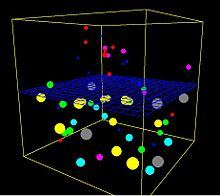click80
- 747
- 63
very nice roots bro what ive noticed is the more nodes you put into the rapidrooter thats were the roots will start forming at . when i say nodes i mean were branches were cut off ... ~Aligee~
Thanks...Yeah when I am taking my cuts I def try to plan it so I can more than one node in the rooter.







